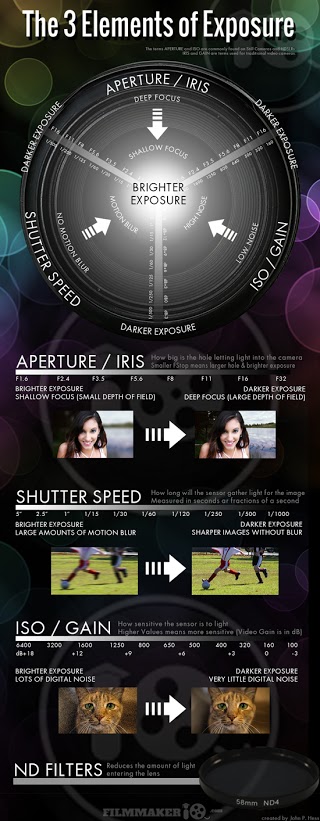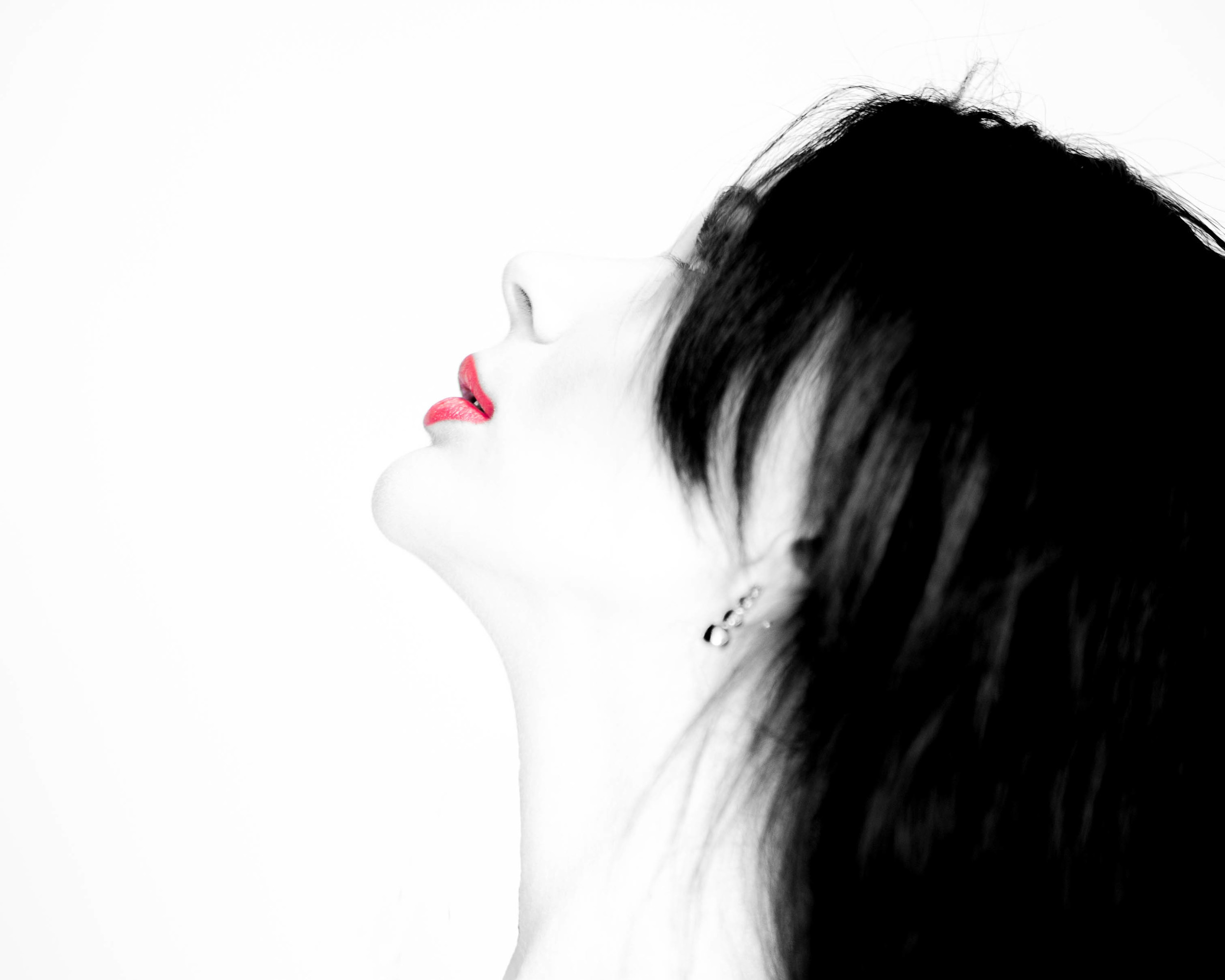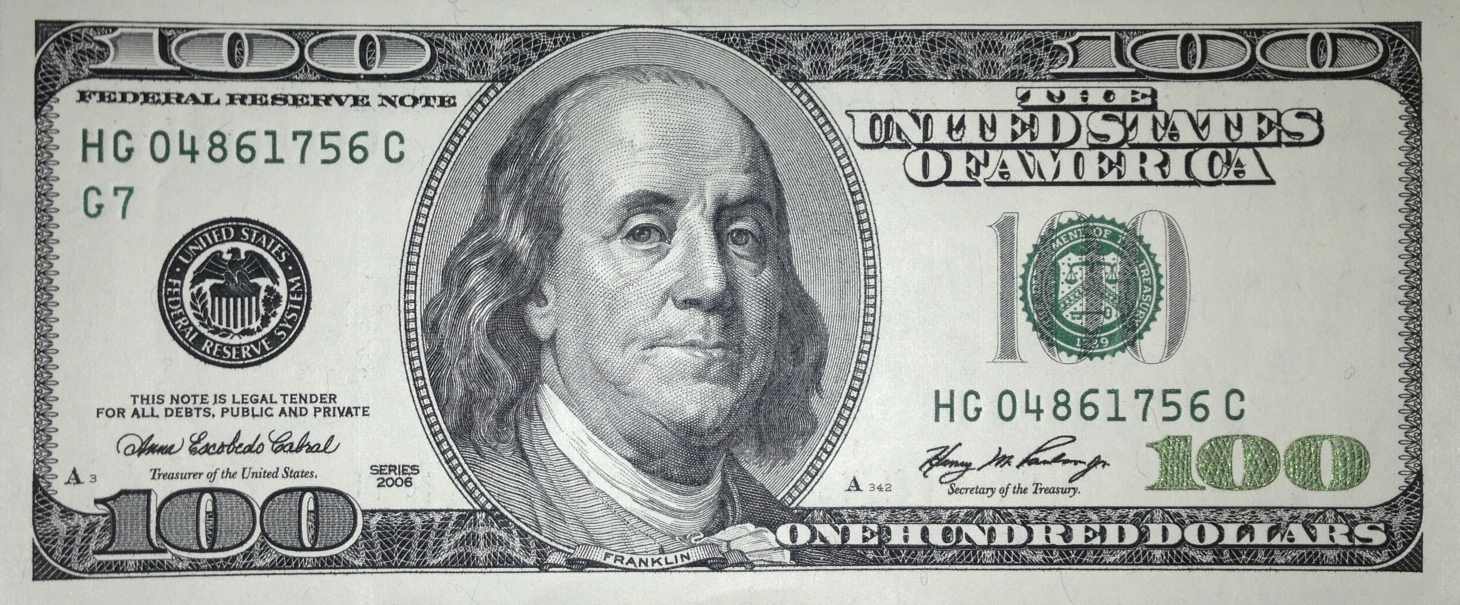Fine Art - mindset & expectations (Part3)
/In this last installment I’m going to discuss each person involved in the process of creating fine art nudes. As you would expect, this includes the model and photographer. But I’m going to include the ones equally important to the success of a great set of pictures. The model’s husband, boyfriend, parents, friends, and even the photographer’s wife or girlfriend.
Of course, there is no way I can solve the contrasting elements of jealousy, religious upbringing, or other emotions that are unique to each participant in a shoot. I’m not a psychologist by any means. Just an observer sharing what I’ve seen. If some morsel of this article opens the door to better understanding at some level then it was worth it.
Before I get started I’ll explain my situation. It’s important to know where I’m coming from because it will reflect in what I’m imparting.
I’ve been shooting for almost five years, and for the first two my wife of 30 years, Linda, wasn’t thrilled with the possibilities of me shooting nudes or even implied. No specific reasons, but I’m going to guess on some here. (note:she has read this and confirmed her side)
Possibly some misunderstanding that some women don’t mind being in front of a camera naked. She felt she’d never want to so why would another woman? Or she was afraid of what her family would think of her for letting me do that form of photography? Three things I’m sure of. She trusted me 100% and knows I love her with every fiber of my being. And there was zero chance of me running off with someone. A stable and loving relationship full of trust is a great place to start.
One day, before I was allowed to shoot implied, I was asked to do a shoot with a young woman I’d shot many times before. This was a shoot specifically for her new husband and she only wanted to wear her veil. I asked Linda what she wanted me to do and we eventually agreed she would actually help me with the shoot. You see, she’s a very good photographer herself. So, she helped and found out that the model was very comfortable, the pictures turned out great, and it wasn’t any different from any other shoot. The model even used 6 of Linda’s pictures for her book! From then on my wife has been my biggest fan and more supportive than I could have ever imagined.
The model
As a model, you are the one who feels the pressure from friends and family. They either support you or they don’t. And there isn’t much you can do about that either way. Often they don’t understand what the art is all about. Remember, a good number of people don’t see the art in the lighting and lines of a good artistically done nude. They think Playboy right away. Some will always see a dandelion as a weed and others see it as a wish. Art isn't for everyone.
Here’s where you find out who feels you need to live up to their standards. And think that you should not always do what makes you happy or fits your life goals and dreams if it is counter to their beliefs and wishes. There won’t be anything you can do to change their minds very often. Avoid arguments of course…those never solve anything. Sometimes the support comes later. Once you are actually portrayed in some great art and show them that it’s beautiful and not porn they may change their tune. People tend to expect the worst and will build it up to be far worse in their own mind than it is.
Some families are very close and if artistic nudes will cause problems it may be better to hold off and slowly get people to warm up to it. Frankly, I feel that if anyone should support your goals and interests it should be the family.
It’s very important to never do anything to prove something to someone else. Even more so to rebel against anyone. Dig deep into your goal for modeling, artistic nudes or otherwise, and make sure it is totally for you and no one else. The art won’t flow well if there is anger or grudges or an agenda other than satisfaction for yourself.
The photographer
I will admit, I felt a little strange the first few times I was shooting nudes. Nothing sexual by ANY means, but just the difference in capturing skin instead of clothing was new to me. Of course, lighting it to get the fine lines, get shadows to appear in strategic places, and just having a model naked took some getting used to. By the 3rd or 4th shoot it was just as typical and comfortable as any other shoot. So I went through that little transition.
My wife, Linda, is very supportive and, of course, has seen the creations from those shoots and now totally understands what my goals are. I do consider myself very lucky to have such an understanding wife who allows me to explore my artistic side.
Others are not as fortunate and their significant other isn’t as understanding. They just can’t get past the idea of their husband or boyfriend seeing all sorts of naked women. That, and the fear of what others might think of HER when they find out she let you take pictures of nude women.
You can’t tell someone they need to support you. They have to want to on their own. Some ways to help them feel better about the idea might be:
- do some implied work the same way you would do an artistic nude. Darker with plenty of shadows covering the three private areas. Do them well. Then use them as an example of what you’d like to create.
- have your wife or significant other assist you on a nude shoot. She can be the one who helps the model with hair and move elbows and getting the tilt of the head just right. When she sees you doing exactly the same things you do for any shoot she may see that it’s not a big deal.
- make sure that, after every shoot, artistic nude or otherwise, that you spend a good amount of time with your wife or s.o. so they don’t feel neglected. This is a great idea no matter what you shoot.
- spend a lot of time talking with her about exactly what you want to accomplish. Get some art books with examples and see if she sees the beauty. Without the support of your significant other you can’t be creative. And doing it behind her back is wrong on every level. Don’t ever, EVER do that or you will lose her trust and respect…probably forever.
Of course, if you have a history of shooting ‘not so classy’ work its harder to explain why you want to suddenly shoot classic artistic nude work. If you are getting into this genre to see naked girls…well, please stop right here. You aren’t who this is written for. Wrong reasons!!
The significant other
Your husband or boyfriend wants to shoot nude models. If there was ever a situation that seemed threatening, this would be up near the top of the list. You need to have a talk with him about anything you have on your mind. Communication is the key to all good relationships and more so on this topic. Ask questions. Be honest with your feelings. Being supportive has to come from your heart, not your head. Be open-minded and ask to see examples of what he plans to create. Ultimately, you don’t have to agree with or support your partner.
You might agree on a slow process to allow him to move in that direction in steps. Maybe help out with a few shoots and see just how professional the shoot is. Set rules that you both agree on. For example, the model wears a robe when not actually posing. And the photographer looking away while the model gets into position. Whatever makes you more comfortable with the shoots should always be acceptable to your partner. Just communicate.
One last thing
I’ve noticed something interesting about jealousy. When I meet a couple where one is overly jealous, it usually indicates that person actually is at more risk of leaving a relationship than the partner who isn’t jealous. Jealously usually stems from, but not limited to, two things. Not feeling secure in a relationship. And not having that emotional bond and trust in the partner that is very much required in a stable relationship.
Always, always communicate!!
And interesting link to a model who does nude work - her perspective






































